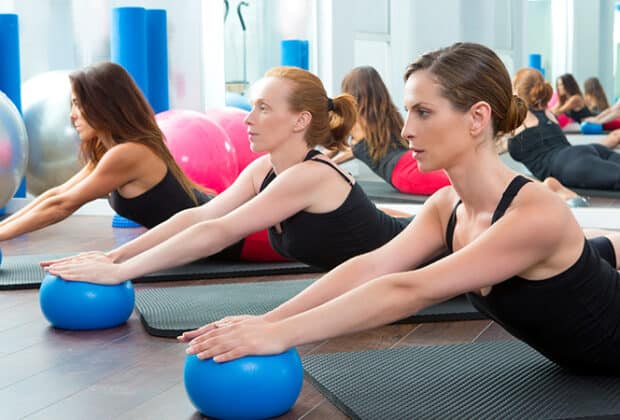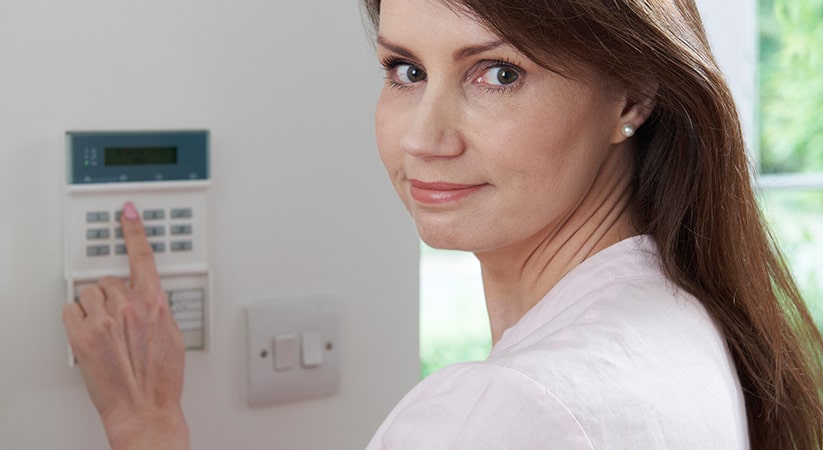Pilates classes in Singapore are a low-impact fitness regime for helping people to learn to use their bodies well, correct misalignments, painful patterns and strains that keeps people from enjoying their bodies fully, and achieve vitality, flexibility and strength to do more in their daily life with greater ease and enjoyment. Pilates can also help individuals living with limb-loss or mobility problems to reconnect with their body at both the physical and mental level.
So, what should you look for when joining Pilates classes in Singapore?
- Instructor Qualifications and Experience
Good Pilates instructors must have in-depth knowledge of the True or Classical Pilates system developed by Joseph Pilates and must have at least 600 hours of Pilates training. When choosing Pilates classes, make sure the instructors have proper mastery of the apparatus used (such as the reformer, Cadillac, Pedi-pole and wunda chair), thorough knowledge of mat-work (from beginner, intermediate to advanced levels), certification (level 2 or above), and adequate insurance for Pilates instruction. Besides, it is advisable to look for a versatile Pilates instructor with training in a broad range of movements (such as dance, yoga, gymnastics, Gyrotonic or physical therapy) because such instructors can offer well-rounded assessments and training. Make sure to look for an instructor registered and certified by the Pilates Method Alliance (PMA) and who is dedicated to continuous education.
- Equipment and Amenities
Machines are an integral component of Pilates classes in Singapore and you need to look for studios with the best equipment. For example, if you have limb-loss, you must choose a studio with a Cadillac, a table-like equipment that is extremely versatile and supports people with mobility problems. A full studio should have chairs, reformers, high barrels, Cadillac, small barrels, tower stations and different kinds of props. Apart from equipment, the studio should have easily accessible restrooms, private changing rooms and other amenities.
- Types of Classes
All classes should incorporate the six tenets of Pilates (concentration, centering, control, breath, precision and flow). Therefore, before joining any classes, you need to assess their quality based on the six principles. For instance, if you are planning to join beginner or intermediate level classes, you should look for studios that allow only 2 or 3 students per instructor so that the instructors can keep the students focused on proper posture and alignment. Big classes reduce the instructor’s ability to offer individualized attention, minimize your ability to advance your Pilates skills, and increase the risk of injury.
- Chemistry and Empathy
What happens when you meet potential instructors? Do they take their time to talk to you and to understand your needs, concerns and expectations? Can they relate with you and give you instructions that you understand? The best instructors are those who can accommodate your needs and create personalized sessions that are unique to you. Make sure to look at the instructor’s willingness to adapt and change things when the initial plan is not working. In fact, as a rule, a studio is not right for you if you are expected to conform to a standard set of exercises and rules developed before your admission. Look for Pilates classes Singapore that can be tailored to your needs and allows you to work closely with an instructor for a successful experience. Moreover, if you have an injury, trauma or limb loss, you need to choose an instructor who can empathize with you and has a personality that makes you comfortable.
Before you can join Pilates classes Singapore, you should also:
(i) Go for a review of your fitness level: While Pilates are low-impact exercises, your fitness level is really important when choosing the types of classes to join. Therefore, take a one-on-one class with an experienced Pilates instructor to have your fitness and needs evaluated.
(ii) Seek for medical advice if you have a chronic medical condition: If you are receiving medical treatment for a chronic medical condition, you should seek for medical advice before joining a Pilates class. Likewise, you should inform your Pilates instructor or studio about your condition before you start the classes. In some cases, the doctor’s notes or referral will be required before you join a studio.
(iii) Decide whether to go for mat classes, reformer classes or both, depending on your goals. Mat classes are a series of exercises performed on a floor mat (often with equipment such as elastic bands and exercise ball) while reformer classes are performed with an advanced piece of equipment capable of allowing up to 100 different exercises.
(iv) Decide whether you want private classes or group classes. Choose private Pilates classes when you want more rigorous workout and a one-on-one approach. But when you are a beginner or someone who wants a more social experience then you should opt for group classes.
Finally, make sure to shop around and find classes that fit your budget and schedule. Apart from Pilate studios and health clubs, you may find ideal classes in YMCA, community colleges, universities or local community centers.






